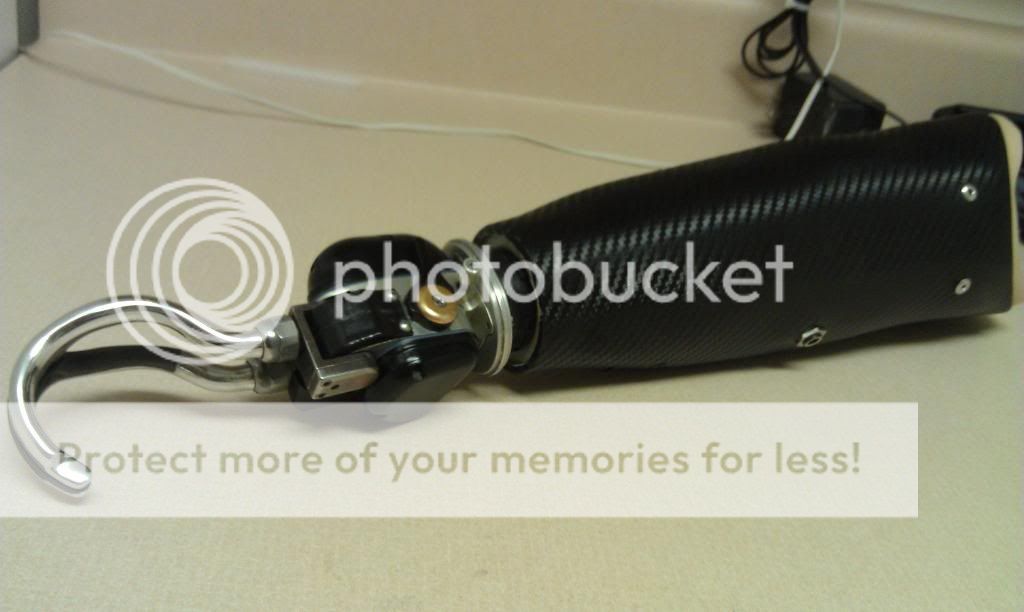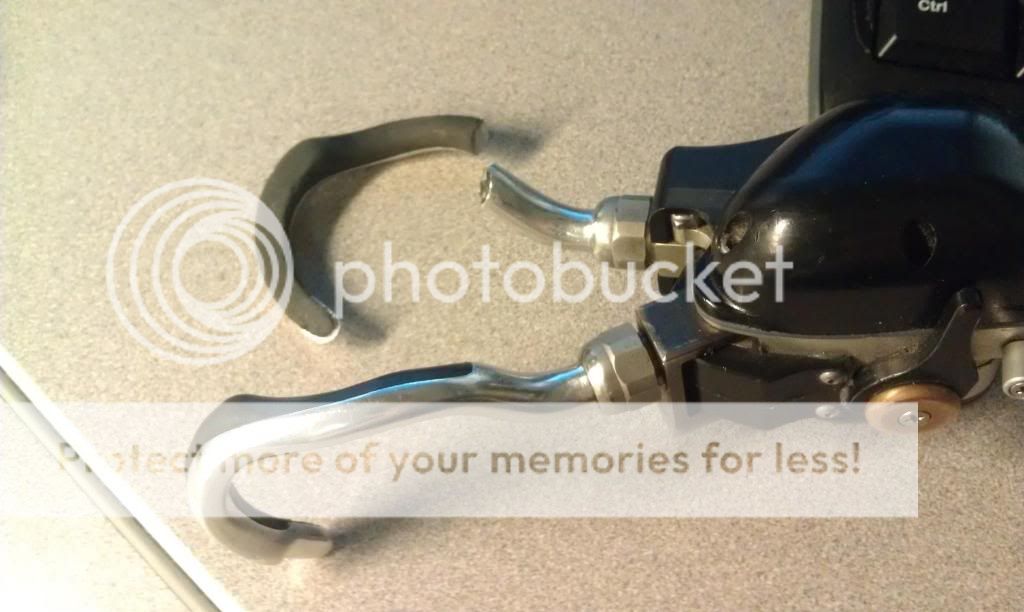HighFlyingA380
Cleared for Takeoff
My flight school has recently been looking more closely at pushing the G1000 aircraft for primary training, but several of us have differing views/opinions on what would be best for the student. We do understand that every student is different and has different aviation goals in mind, but the consensus seems to be that we at least need a baseline regarding where to start the discussion (that baseline being pushing glass or steam first), and then tailor the training to the individual.
For the pro-G1000 argument, we have:
1- We're training professional pilots, and the higher-tech stuff is what they will be flying later on, so why not start them off in it?
2- More flight data available, so they'll be safer pilots and have a better understanding/command of their aircraft.
3- A bit more revenue, thus allowing us to further invest more resources into improving training outside of the aircraft.
4- Stick-and-rudder skills are the same regardless of what's bolted in the panel.
For the pro-round gauge argument, we have:
1- More cost effective for the student, allowing for more training time/materials.
2- No data-overload, which could easily confuse or overwhelm a new student to the point of not absorbing any information.
3- Just as safe as G1000, as the information is all basically the same.
4- Our more advanced aircraft needed for advanced ratings (Cutlass for commercial and Duchess for multi) are round gauge, so if the student wants to go past IFR, they'll need to fly a round gauge anyway. Why not make that process easier by starting in the round, and converting if necessary?
5- Easier to simulate partial- or full system failures by completely blocking specific instruments/displays while not affecting the viability of others. (I know, for example, it can be almost impossible to completely block off the artificial horizon on the G1000 while not accidentally covering other instruments. If you leave those instruments uncovered, you can still see part of the horizon.)
6- Easier to transfer into a G1000 than it is to transfer into a round gauge from a glass aircraft. (My real-world example: In college, two of my good buddies finished their PVT at about the same time. One did theirs in a round and wanted the G1000 for IFR. The other did theirs in the glass and wanted to go to steam for IFR due to the lower cost. To save money on an instructor just to get used to the new display, they asked me to just sit right-seat, which I'd obviously do for free. The one going from round to glass only took a couple of hours before he was very comfortable using the G1000 system. The one going from glass to steam took quite a bit longer. He seemed to always have trouble cross-referencing instruments, especially with system failures. It took him well into his IFR training (besides all the fling we did) for his instructor to even sign him off for solo in the G1000.)
What are your views on this? Any input, insight, suggestions, experience, comments, ect to help us out would be great. Thanks.
For the pro-G1000 argument, we have:
1- We're training professional pilots, and the higher-tech stuff is what they will be flying later on, so why not start them off in it?
2- More flight data available, so they'll be safer pilots and have a better understanding/command of their aircraft.
3- A bit more revenue, thus allowing us to further invest more resources into improving training outside of the aircraft.
4- Stick-and-rudder skills are the same regardless of what's bolted in the panel.
For the pro-round gauge argument, we have:
1- More cost effective for the student, allowing for more training time/materials.
2- No data-overload, which could easily confuse or overwhelm a new student to the point of not absorbing any information.
3- Just as safe as G1000, as the information is all basically the same.
4- Our more advanced aircraft needed for advanced ratings (Cutlass for commercial and Duchess for multi) are round gauge, so if the student wants to go past IFR, they'll need to fly a round gauge anyway. Why not make that process easier by starting in the round, and converting if necessary?
5- Easier to simulate partial- or full system failures by completely blocking specific instruments/displays while not affecting the viability of others. (I know, for example, it can be almost impossible to completely block off the artificial horizon on the G1000 while not accidentally covering other instruments. If you leave those instruments uncovered, you can still see part of the horizon.)
6- Easier to transfer into a G1000 than it is to transfer into a round gauge from a glass aircraft. (My real-world example: In college, two of my good buddies finished their PVT at about the same time. One did theirs in a round and wanted the G1000 for IFR. The other did theirs in the glass and wanted to go to steam for IFR due to the lower cost. To save money on an instructor just to get used to the new display, they asked me to just sit right-seat, which I'd obviously do for free. The one going from round to glass only took a couple of hours before he was very comfortable using the G1000 system. The one going from glass to steam took quite a bit longer. He seemed to always have trouble cross-referencing instruments, especially with system failures. It took him well into his IFR training (besides all the fling we did) for his instructor to even sign him off for solo in the G1000.)
What are your views on this? Any input, insight, suggestions, experience, comments, ect to help us out would be great. Thanks.
Last edited:



